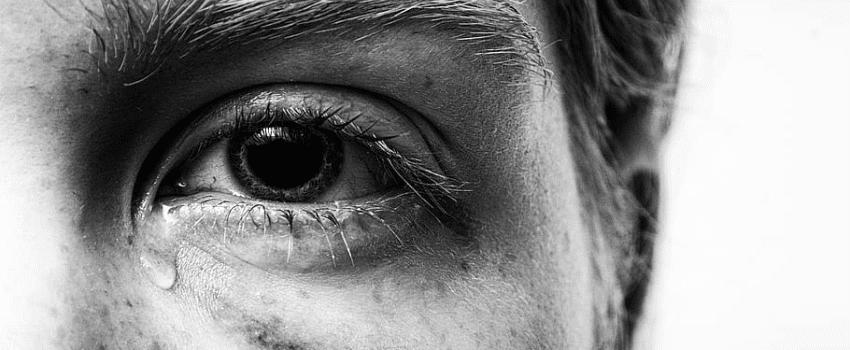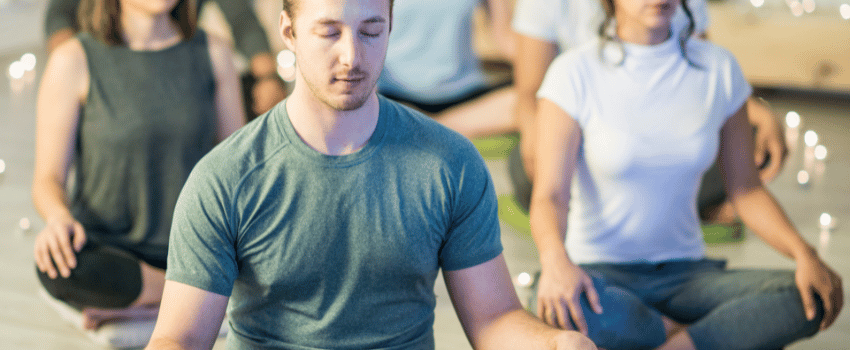Health workers such as nursers, doctors and health professionals, have traditionally faced difficult working conditions, and the COVID-19 epidemic has added tiredness, pressure, worry, loss, and sadness to the mix. Some health workers have reported signs of post-traumatic stress disorder due to the epidemic.
The COVID-19 pandemic has had an extraordinary impact on most nations’ healthcare systems, especially on the mental well-being of health workers.
Health Workers Exposed to Unhealthy Levels of Work Stress
Work stress is the negative physical and mental repercussions when job requirements do not meet workers’ resources or needs. Workplace stress may harm both mental and physical health.
Mental health encompasses psychological, emotional, and social well-being and influences how we feel, think and behave.
The WHO defined burnout as characterized by three dimensions:
- Feelings of energy depletion or exhaustion
- Increased mental distance from one’s job, or feelings of negativism or cynicism related to one’s job
- A sense of ineffectiveness and lack of accomplishment
Health workers have traditionally faced difficult working conditions, and the COVID-19 epidemic has added tiredness, pressure, worry, loss, and sadness to the mix. Some health professionals have reported signs of post-traumatic stress disorder due to the epidemic.
Health Workers Struggle with their Mental Health
Natasha Smallwood et al. l. have found that mental health symptoms were common such as mild to severe anxiety (59.8%), moderate to severe burnout (70.9%) and mild to severe depression (57.3%). This is even though the participants in the study tested as highly resilient.
For instance, Professor Smith stated that the epidemic had pushed healthcare workers to their physical limitations while posing enormous moral issues. She noted that personnel struggled to distribute limited resources appropriately, deal with constraints such as isolation and quarantine, and be held accountable for patients’ treatment despite personal danger.
She noticed “When healthcare workers compromise their core values, they can feel shame, guilt, and even isolation,” and “Unresolved moral distress can result in experience depression and other mental, emotional, and spiritual health struggles.
“The nursing profession, in particular, anticipates a high rate of post-pandemic staff exodus, largely due to accumulated and unresolved moral distress.”
We must add that stigma is another element leading to mental health difficulties among healthcare workers. Unfortunately, a long stigma is associated with healthcare workers seeking treatment for mental health issues or drug use problems.
If You are a Stressed Health Worker, What Can You Do?
I counsel a few clients who are health workers working in Sydney. I can see first hands how the continuation of the pandemic and the knowledge of the inevitable new waves increase their anxiety.
Some feel trapped in their jobs; they are not “doing a good job” despite their sacrifices to help their patients. For example, one of my clients has an immune-compromised partner, and she knows she has to take such precautions that limit the time she can spend with him.
I remind my clients that we must take care of ourselves to avoid burnout at work and risk more serious mental health challenges such as chronic depression. As the well-known metaphor, we need always put the proverbial oxygen mask first and then help others, as in the case of a plane’s cabin depressurization. Remember, focusing on what you can control is the way to empower yourself.
I agree with Dr Tammra Warby, who has noticed that “healthcare organizations need to be accountable for the burnout of their workforce” and “adopted burnout guidelines”. Yet, for the nurses and doctors reading this post, I can offer some anti-stress methods that have helped my clients to manage their anxiety. They are simple but powerful when applied periodically.
Few Simple D-Stress Exercises for Health Workers
Where is stress derived from? Our evolution. We are programmed to look for dangers and be vigilant and ready outwardly. The specific condition of work for health workers acerbates exactly sich state of vigilance.
An excellent way to readdress such a natural tendency is to bring your attention to the here and now. One of the easiest ways is to use our senses. They are always available to us all the time and everywhere.
Be Present Now
Mentally tell yourself what you see, hear, smell and sense in your body. You can use sentences such as “I am noticing a sound…”, “I notice my hands touching each other…”, “I notice seeing the colours of…” or “I notice the smell of….”. Just notice what you are aware of around you.
As you see it, you can continue to rotate between sights, sounds, smells, tastes, and sensations on your skin or in your body. You can do this anywhere and at any time and position, whether walking, standing, lying, or sitting.
The Calming self-hug
Stand or sit upright with your feet solidly planted on the ground. Notice the support from the floor against your feet. Take a deep breath and breathe out slowly and consciously. Place your right hand, palm turning inwards, in your left armpit and the left hand on your upper arm below the shoulder. Press inwards with both hands and hold the firm grip for some seconds, giving yourself a solid hug. Release the grip for five seconds and repeat twice more. Let the arms drop to the sides of the body and move on in daily life.
Imaginary Bubbles
Stand or sit comfortably. Put one hand on your belly and breath in slowly. You can imagine (or if you want to have more fun, really) blowing giant soap bubbles. While doing so, please pay attention to the movement of your belly and how it inflates and deflates. Repeat 5-6 times or as much as needed.
The Magic Pencil
Take a pencil or a stick in one hand. Then, very slowly and thoroughly, touch and physically trace the outline of the other hand. Let the pencil or stick glide over every point in and out of the hand and around the wrist. Notice the sensations while you are doing that. After a few minutes, put the pencil or stick down. Notice how your hand feels now and compared to the other hand. Close your eyes if it can help. Now do the same with the other hand. Bring the exercise to an end and notice its effect on you. Repeat if needed.
If you find these exercises useful and are a health worker, you can download our Act Right Now D-Stress guide for free.









